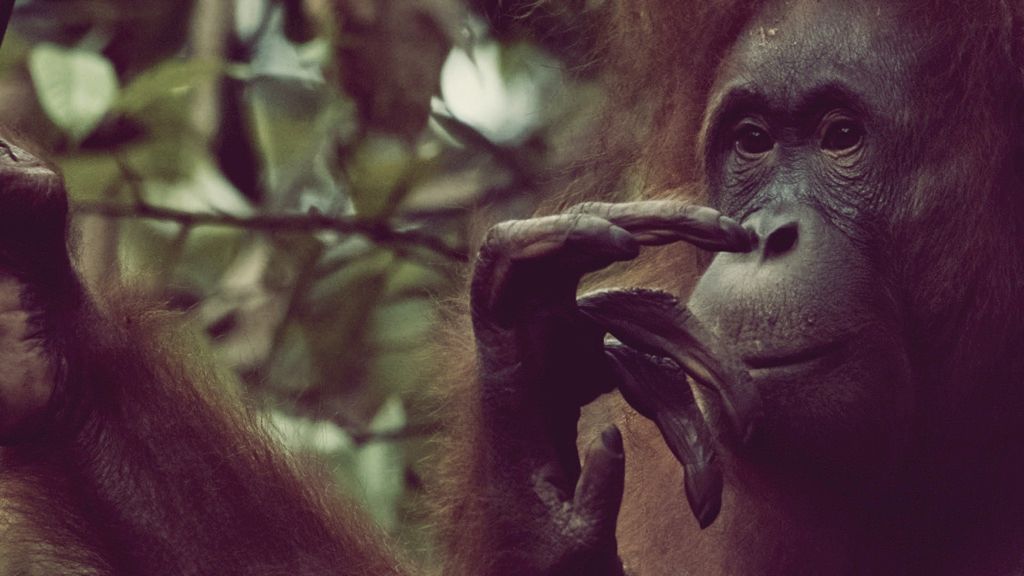Today, we're embarking on a virtual journey to the heart of Borneo, to the enchanting land of Sarawak, Malaysia. Our focus? The magnificent orangutans that call this region home. These incredible creatures are not just a symbol of Sarawak's rich biodiversity, but also a testament to the region's commitment to conservation. So, let's dive in and explore the world of orangutans in Sarawak!
The Orangutan: A Brief Evolutionary History
Orangutans, whose name means "people of the forest" in Malay, are among the most intelligent primates. They share nearly 97% of their DNA with humans, making them one of our closest relatives in the animal kingdom. Orangutans diverged from the rest of the great ape lineage around 15.7 to 19.3 million years ago, evolving into a distinct genus, Pongo. Today, there are three species of orangutans, one of which, the Bornean orangutan (Pongo pygmaeus), graces the forests of Sarawak.
Orangutans and Sarawak: A Cultural Connection
Orangutans have been a part of Sarawak's landscape for thousands of years. Local folklore often portrays these creatures as wise beings, with stories passed down generations that speak of their human-like behaviors. In some communities, it's believed that orangutans can speak human languages but choose to remain silent to avoid being put to work!
Conservation Efforts in Sarawak
Sarawak's commitment to orangutan conservation is commendable. The Semenggoh Wildlife Centre, established in 1975, is a sanctuary for injured, orphaned, or rescued orangutans. Here, they are rehabilitated with the goal of reintroducing them into the wild. The Matang Wildlife Centre, another haven for these creatures, plays a similar role. Sarawak's government, in collaboration with NGOs, has also implemented policies to protect orangutan habitats from deforestation and illegal hunting.
Experience Orangutans in Sarawak
Visiting Sarawak offers a unique opportunity to see orangutans in their natural habitat. The feeding times at Semenggoh and Matang are the best times to observe these creatures. Remember, though, we are guests in their home. Maintain a respectful distance and follow the guidelines provided by the sanctuary staff.
For those who wish to contribute more directly to the conservation of orangutans, volunteering at one of the sanctuaries is a fantastic option. Volunteers can assist with various tasks, from food preparation to habitat maintenance, providing invaluable support to these conservation efforts.
Final Thoughts
Orangutans are a vital part of Sarawak's ecosystem and cultural heritage. Their presence in the region is a testament to the resilience of nature and the power of conservation. As we marvel at these magnificent creatures, let's also remember our responsibility to protect them and their habitats. After all, a journey to Sarawak is not just a trip to a destination, but a step into a world where humans and nature strive together for a sustainable future.
So, pack your bags, fellow adventurers, and prepare for an unforgettable journey to the land of the "people of the forest"!
